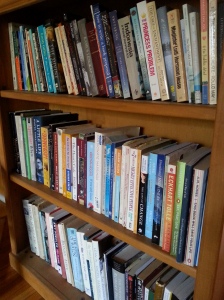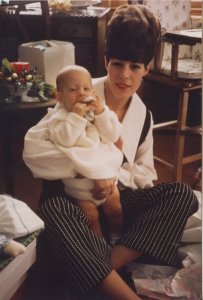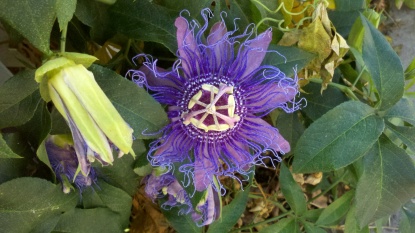Just Breathe Through It
Many of us have been in a yoga or exercise class where the teacher serenely says, “Just breathe through it,” while we’re swearing beneath our breath because they have us holding some ridiculous position or are asking us to do endless crunches that make our stomachs burn as if on fire. “I don’t want to breathe through it!” we often scream in our heads. “I just want this *&&^%$ pain to stop!” What do the teachers mean when they say, ‘Just breathe through it,’ like a bleeping mantra? What is the breath and why is it so powerful?
While breathing seems so simple, it’s actually something we resist when we are scared or in pain. For some reason, we’d rather not “breathe through it.” We’d prefer to avoid it – whatever that it is – and breathing makes us feel it.
The irony is that the feeling is there whether we surrender to it or not. If we hold our breath thinking we can by-pass pain, we’re actually deluding ourselves. It requires a considerable amount of energy to keep something down. In fact, pain magnifies when we suppress it. Like damning up a river, once the floodgates open, the feelings will flow forth in full force.
If we weren’t breathing, we’d be dead. Yet if we invite the breath in more consciously and more fully, we ease the process considerably.
Why is a woman in labor told to breathe, breathe, and breathe! Because she’s pushing new life into being. When she holds her breath, she makes things more difficult for herself and the baby. When she breathes, she can push more easily.
All of this sounds nice but when we’re going through excruciating times, we’re like the woman in labor who wants to tell everyone around her telling her to breathe to “f— off!” Transformation is brutal work and sometimes the labor is so long and tenuous it feels like we will die. When the healing needs are global how do we breathe through rape, violence, illness, betrayal and injustice? It’s hard to go all yoga-zen in these moments. How do we as humans endure?
On a practical level we need to actually breathe versus intellectually reflecting on it. We don’t have to engage in fancy complicated breathing exercises. We can simply imagine our breath coming in and out like an ocean wave – back and forth, back and forth. There is nothing to control, fix, stop or judge. There is nothing we have to “do.”
When we “breathe through it”, we can feel the breath’s power to cleanse, sustain and revitalize every aspect of our being. In fact, the words breath in Hebrew (ruach), in Greek (pneuma) and Sanskrit (prana) are synonymous with the words “spirit” or “wind.” This indicates a link between our breath, being, and the divine. Our breath is the life force that helps us fully embrace and enjoy the moment. It is also the conduit of transformation.






